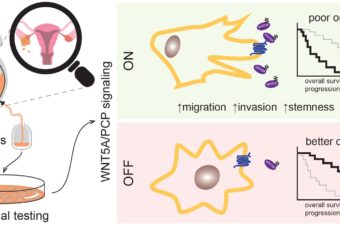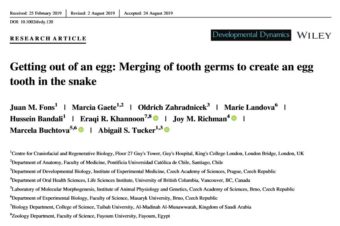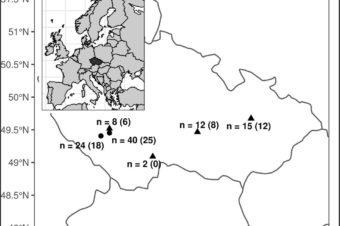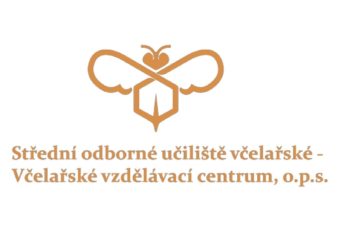Abstract:
Reactive oxygen species (ROS) are generated as products of normal cellular metabolic activities; however, the use of pesticides to control leafcutter ants leads to unbalanced ROS production. We evaluated the effects of two insecticides (fipronil, sulfluramid) and metallic insecticide complex (magnesium complex [Mg(hesp)2(phen)] (1)) on the superoxide dismutase (SOD), glutathione (GSH) and the overall antioxidant capacity using two different methodologies: total radical-trapping potential (TRAP) and oxygen radical absorbance capacity (ORAC). Media workers of Atta sexdens (C. Linnaeus) were exposed to the insecticides for 24 h, 48 h, 72 h and 96 h before their fat bodies were dissected for analysis. The results showed that although the sulfluramid may cause the production of ROS, its slow action in the organism does not lead to oxidative stress. There is a rise in oxidative stress in workers of leafcutter ants treated with fipronil because SOD significantly increased when compared to the control group. On the other hand, Mg1-complex suppressed both GSH and SOD, indicating that the immune system may be affected by Mg1-complex, which has a delayed activity ideal for its use in chemical pest control. Both TRAP and ORAC evaluated total antioxidant capacities; however, ORAC proved to be a more sensitive method. In conclusion, the Mg1-complex is a new compound that should be further investigated as a potential replacement for fipronil and sulfluramid in pest control.
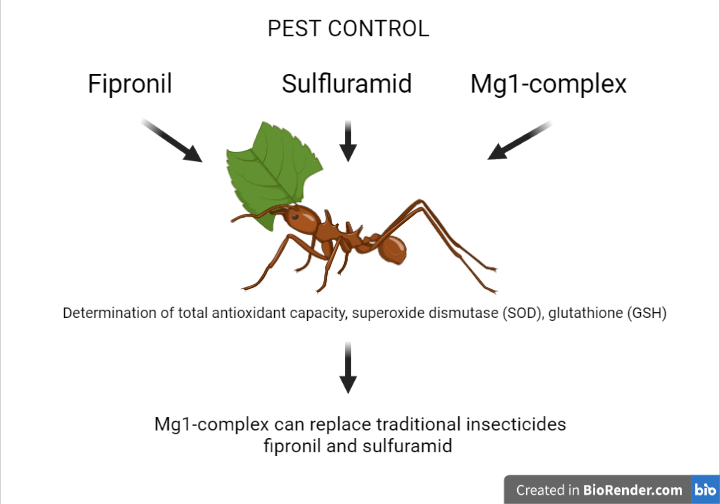
Authors:
Silvana Beani Poiani1,2 · Pavel Dobeš1 · Martin Kunc1 · Mayara Cristina Pereira2 · Odair Correa Bueno2 · Pavel Hyršl1
Affiliations:
1 Department of Experimental Biology, Faculty of Science, Masaryk University, Brno, Czech Republic
2 Institute of Biosciences, Center for the Study of Social Insects, Sao Paulo State University UNESP, Sao Paulo, Brazil


